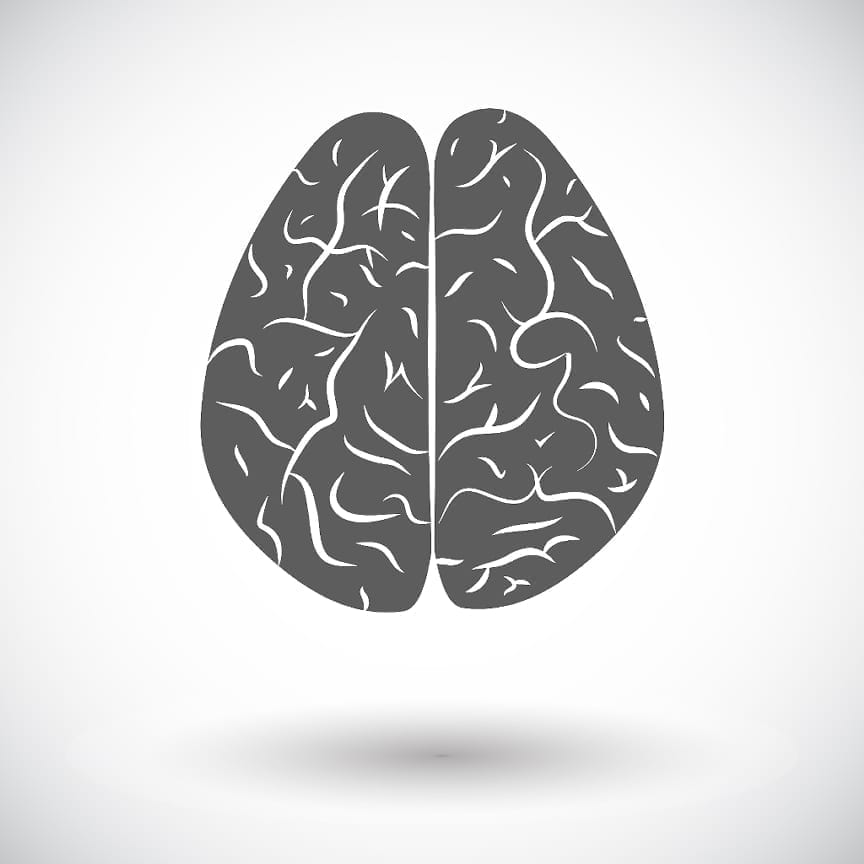Why do we have folds in our brain?
Researchers have been studying the reason behind the wrinkles in our brain by examining how the exterior layer of our brains, called the cerebral cortex, folds up and they say that it’s because of a simple mechanical instability. Proceedings of the National Academy of Sciences has the work published. Strongly convoluted sulci (grooves) and gyri (ridges) consist of the brain wrinkles–these are what give the mammal brain, and especially the human brain, its large surface area to volume ratio. How convoluted they are is linked with their information-processing capacity; also a loss of folds could mean loss of function.
L. Mahadevan from Harvard led a team that displayed how the brain develops in the embryo using numerical simulations of a growing elastic medium. They also used physical models of the process using “swelling” gels. Neuron bodies are mainly make up the outer gray matter, while the white matter underneath consists mostly of axons, which are the extensions of neurons that allow them to link to each other. A layer of gel symbolizing the gray matter, was placed on top of a solid hemisphere of gel (for white matter)
The team found that the iconic patterns exist due to a mechanic instability that’s driven by the expansion of the gray matter and constrained by the white matter. Two simple geometric parameters are functioned by the resulting patterns: cortical expansion and thickness linked to brain size, As the cortex grows, if it stays linked to the white matter below, it will physically unbuckle. “Once you have that, everything else follows,” Mahadevan tells News Scientist. “It’s an extremely simple mechanism.”














